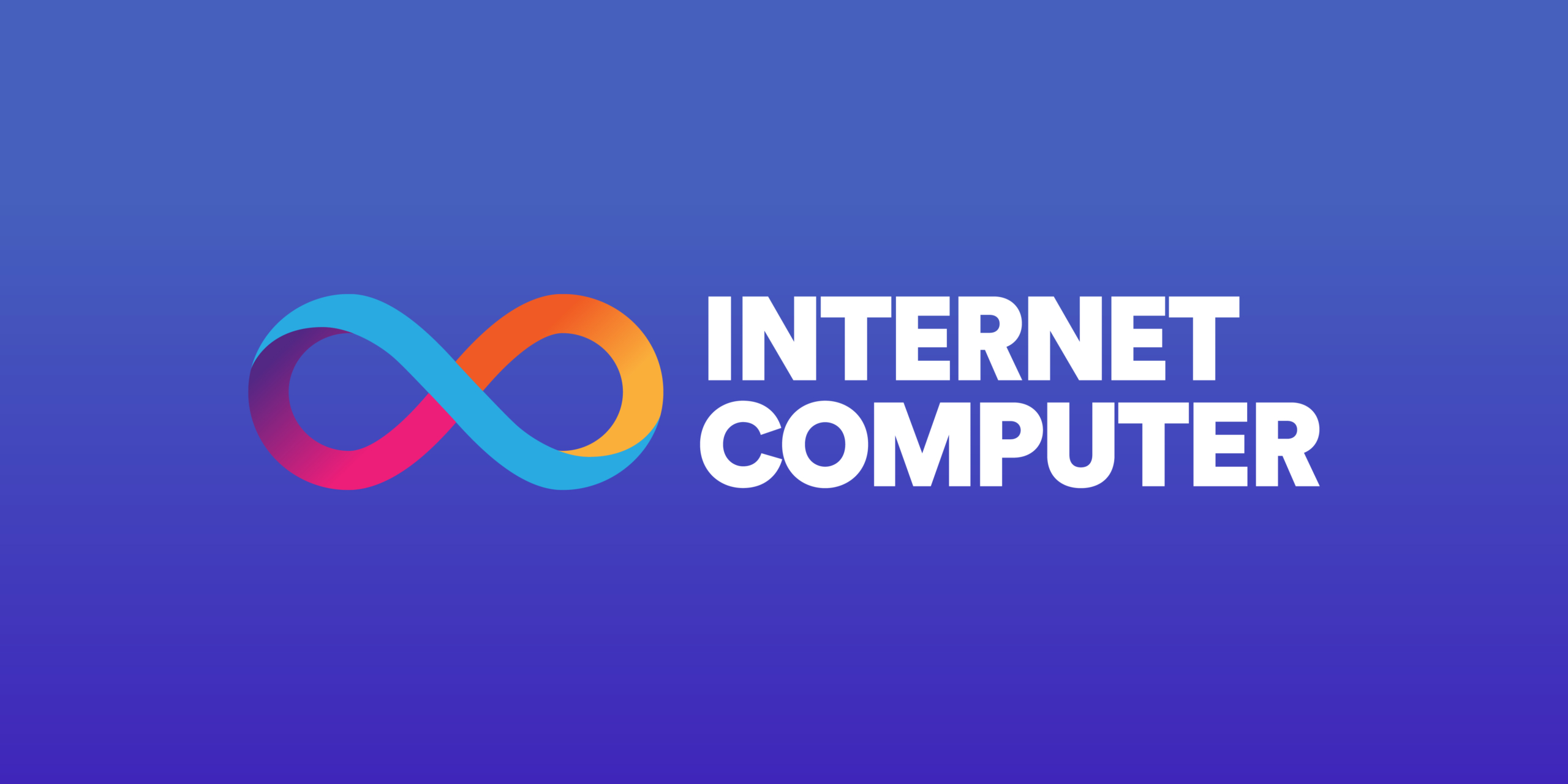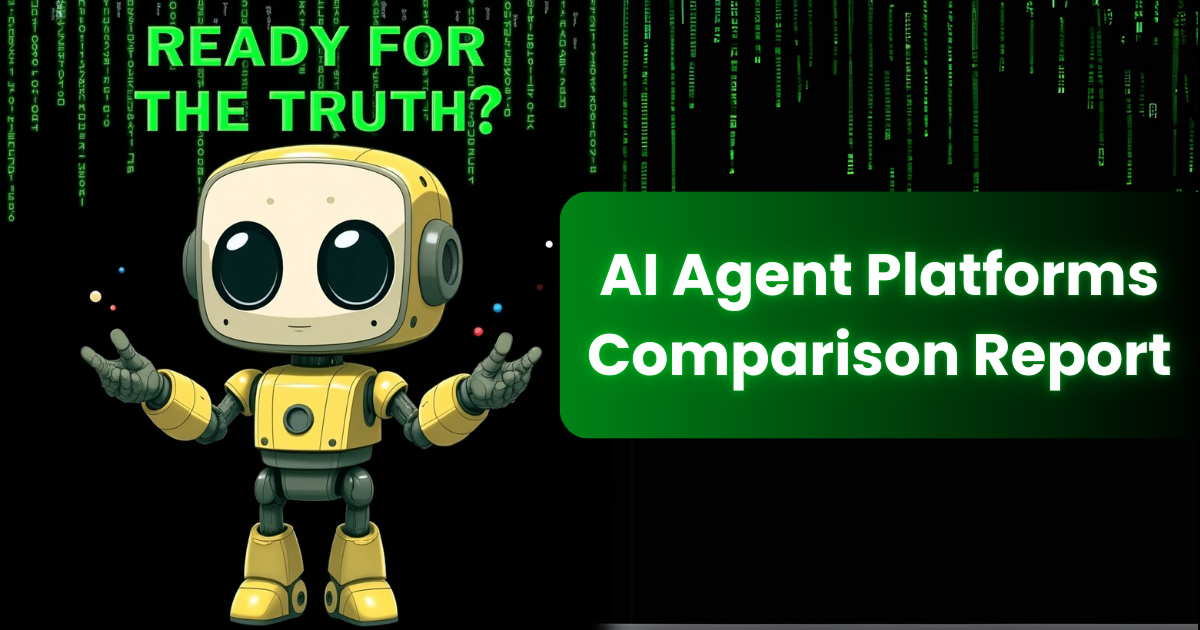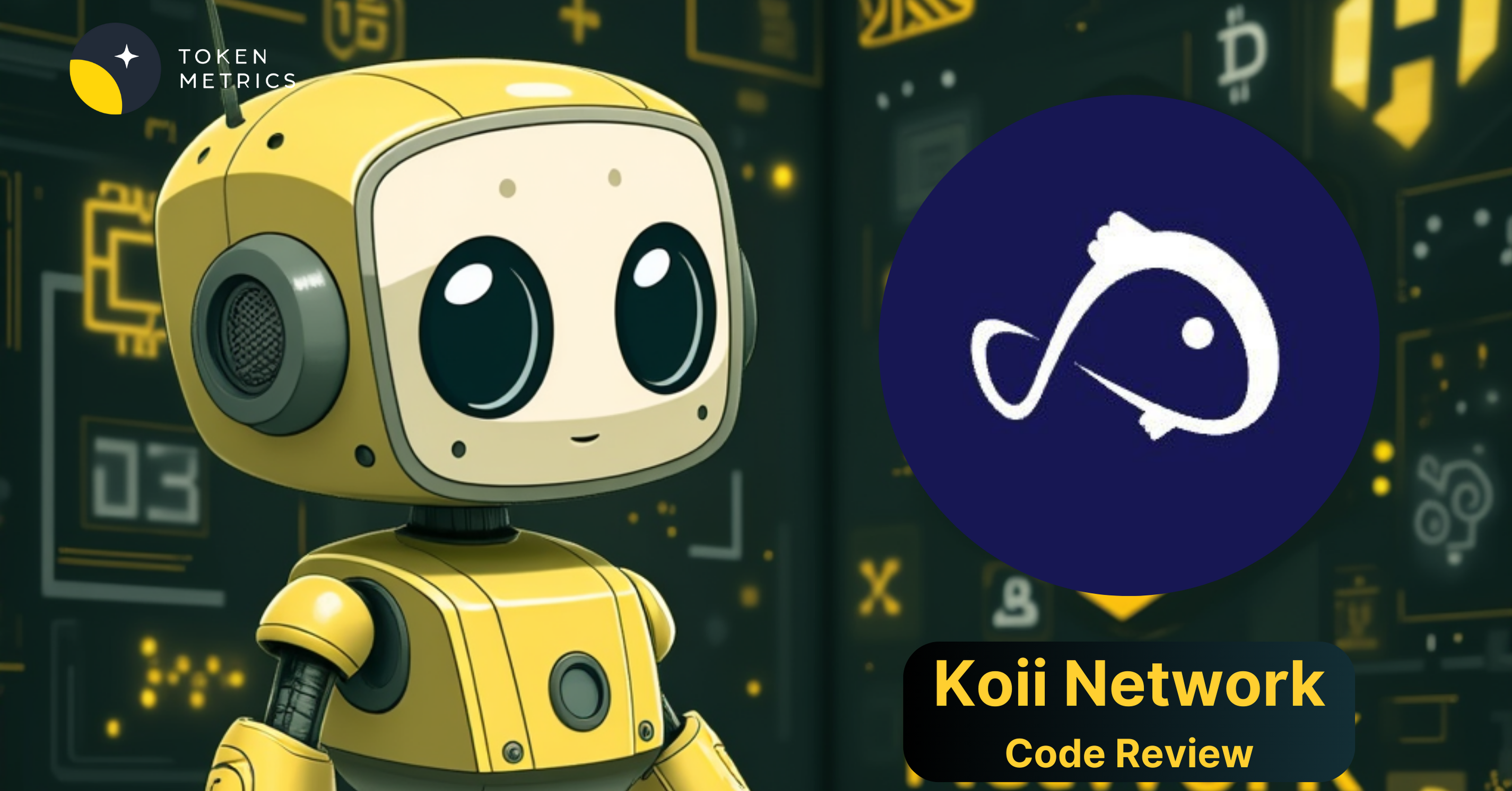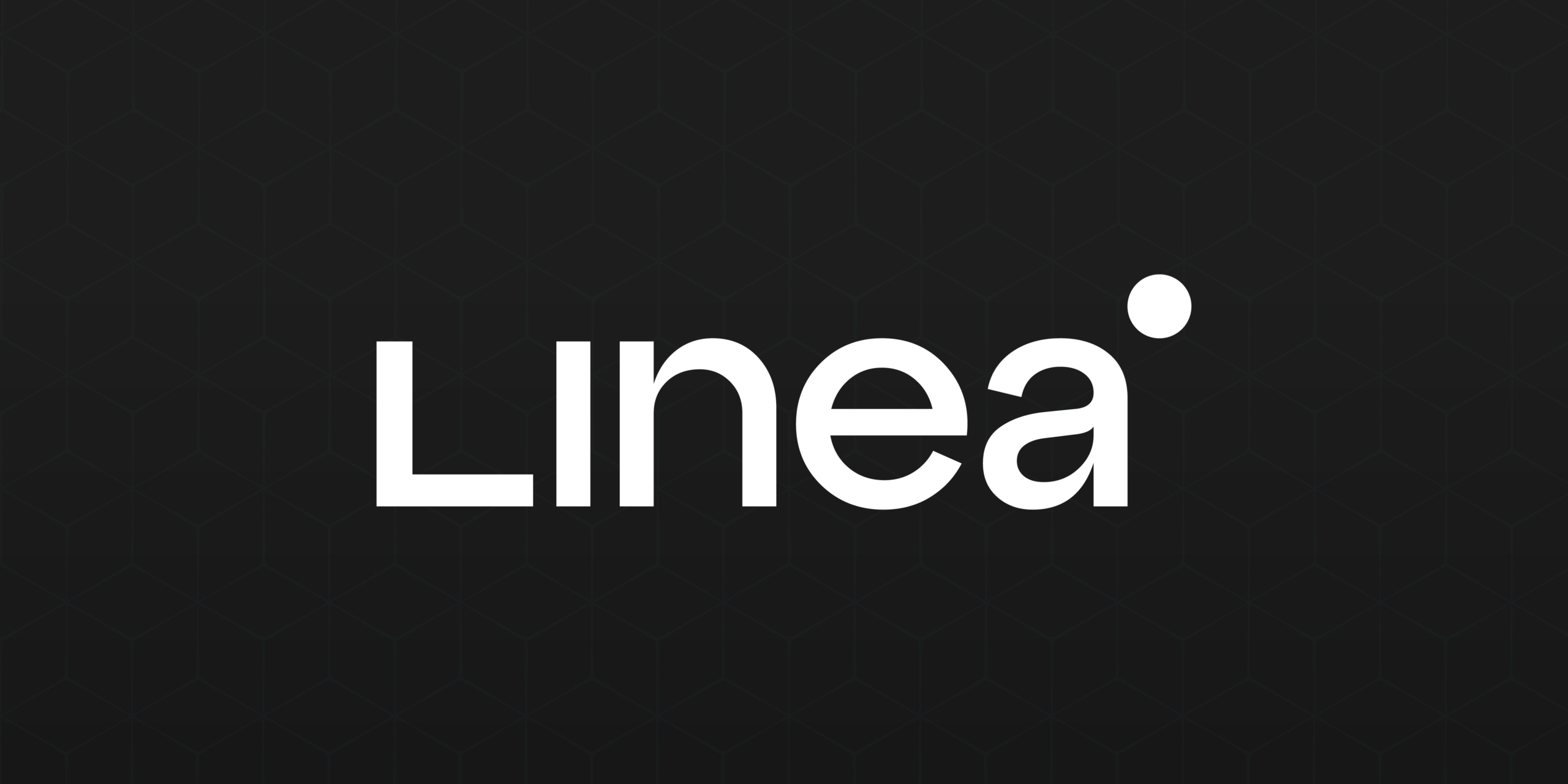Introduction
The Internet Computer (ICP) emerges as a pioneering blockchain-based platform, targeting the creation of fully decentralized applications (dapps) directly on-chain. This initiative seeks to evolve the public internet from a mere connectivity network into a comprehensive, public computing platform, challenging conventional cloud services with decentralized architecture.
Innovation
ICP stands out with its distinct value propositions:
Emphasis on Full Decentralization: ICP employs blockchain technology to operate Web3 services entirely on-chain, eliminating dependencies on traditional corporate cloud infrastructures.
Smart Contract Evolution: Canister smart contracts in ICP ensure segregated data storage and code execution, bolstering security and operational efficiency.
Enhanced Scalability and Interoperability: The platform’s multi-subnet architecture, an advanced version of traditional sharding, facilitates smooth inter-contract communication across different subnets.
Pioneering Cryptography: Chain-key cryptography is central to ICP, ensuring decentralized functioning, scalability, and secure cross-blockchain communication.
Decentralized Governance Model: Governance through a Decentralized Autonomous Organization (DAO) promotes community-centric development and decision-making.
Direct Blockchain Integration: ICP features direct blockchain integrations, like Bitcoin connectivity, enabling seamless interactions with other blockchains sans intermediaries.
Comprehensive Dapp Hosting: Capability to host entire dapps on-chain, encompassing frontend, backend, and data components.
Diverse Programming Language Support: ICP’s compatibility with Motoko, Solidity, Rust, TypeScript, and Python caters to a broad developer base.
Internet Computer Architecture
ICP’s architecture is intricate, comprising several key components:
Canister Smart Contracts: These are encapsulations of WebAssembly bytecode with dedicated storage, ensuring secure and efficient execution.
Subnets: Act as independent blockchains hosting numerous canisters, thus providing distributed computation and fault tolerance.
Consensus Mechanism: The protocol emphasizes low latency and high throughput, ensuring cryptographically secure transaction finality.
Execution Layer: Uses WebAssembly for deterministic and near-native speed execution, featuring unique attributes like Deterministic Time Slicing (DTS) and concurrent execution.
Chain-Key Cryptography: Facilitates decentralized operations with enhanced scalability and secure blockchain interactions.
Direct Bitcoin Integration: Enables canisters to manage Bitcoin transactions trustlessly.
Internet Identity: Offers a safe, privacy-centric authentication alternative to traditional username/password systems.
Boundary Nodes: Serve as intermediaries, converting user HTTP requests into API canister calls.
Code Quality
The ICP’s codebase reflects a commitment to high-quality standards, rigorous testing, and a focus on secure, efficient, and smart contract execution. Integrating modern programming languages and advanced cryptographic techniques further underscores its technical robustness.
Product Roadmap
ICP’s ambitious roadmap aims to expand its capabilities and integrations continuously. Future developments include enhanced scalability features, broader blockchain interoperability, and more sophisticated governance mechanisms.
Usability
While ICP presents a revolutionary platform, its complex architecture may present a steep learning curve for developers. However, its support for multiple programming languages and direct blockchain integrations demonstrates a commitment to accessibility and developer engagement.
Team
The team behind ICP comprises experts in blockchain technology, cryptography, and software development. Their collective expertise is a driving force in the platform’s innovative approach and technical advancement.
Conclusion
The Internet Computer represents a groundbreaking stride in blockchain technology. Its commitment to complete decentralization, cutting-edge cryptography, and scalability sets it apart in the blockchain sphere. The platform’s future, however, hinges on its adoption within the developer community and its ability to stay technologically ahead in a rapidly evolving digital landscape.
| Initial Screening | |||
| Keep researching | |||
| Does this project need to use blockchain technology? | Yes | ||
| Can this project be realized? | Yes | ||
| Is there a viable use case for this project? | Yes | ||
| Is the project protected from commonly known attacks? | Yes | ||
| Are there no careless errors in the whitepaper? | Yes | ||
| Project Technology Score | |||
| Description | Scorecard | ||
| Innovation (Out Of 11) | 9 | ||
| How have similar projects performed? | Good | 2 | |
| Are there too many innovations? | Too Innovative | 0 | |
| Percentage of crypto users that will use the project? | Over 11% | 5 | |
| Is the project unique? | Yes | 2 | |
| Architecture (Out of 12) | 11 | ||
| Overall feeling after reading whitepaper? | Good | 2 | |
| Resistance to possible attacks? | Good | 2 | |
| Complexity of the architecture? | Not too complex | 2 | |
| Time taken to understand the architecture? | 20 – 50 min | 1 | |
| Overall feeling about the architecture after deeper research? | Good | 4 | |
| Has the project been hacked ? | No | 0 | |
| Code Quality (out of 15) | 15 | ||
| Is the project open source? | Yes | 2 | |
| Does the project use good code like C,C++, Rust, Erlang, Ruby, etc? | Yes | 2 | |
| Could the project use better programming languages? | No | 0 | |
| Github number of lines? | More than 10K | 1 | |
| Github commits per month? | More than 10 | 2 | |
| What is the quality of the code? | Good | 2 | |
| How well is the code commented? | Outstanding | 2 | |
| Overall quality of the test coverage? | Outstanding | 2 | |
| Overall quality of the maintainability index? | Outstanding | 2 | |
| When Mainnet (out of 5) | 5 | ||
| When does the mainnet come out? | Mainnet Ready | 5 | |
| Usability for Infrastructure Projects (out of 5) | 5 | ||
| Is it easy to use for the end customer? | Yes | 5 | |
| Team (out of 7) | 6 | ||
| Number of active developers? | 5+ | 2 | |
| Developers average Git Background? | Senior | 2 | |
| Developers coding style? | Solid | 2 | |
| Total Score (out of 55) | 51 | ||
| Percentage Score | |||
| Innovation | 16.36% | ||
| Architecture | 20.00% | ||
| Code Quality | 27.27% | ||
| Mainnet | 9.09% | ||
| Usability | 9.09% | ||
| Team | 10.91% | ||
| Total | 92.73% |





